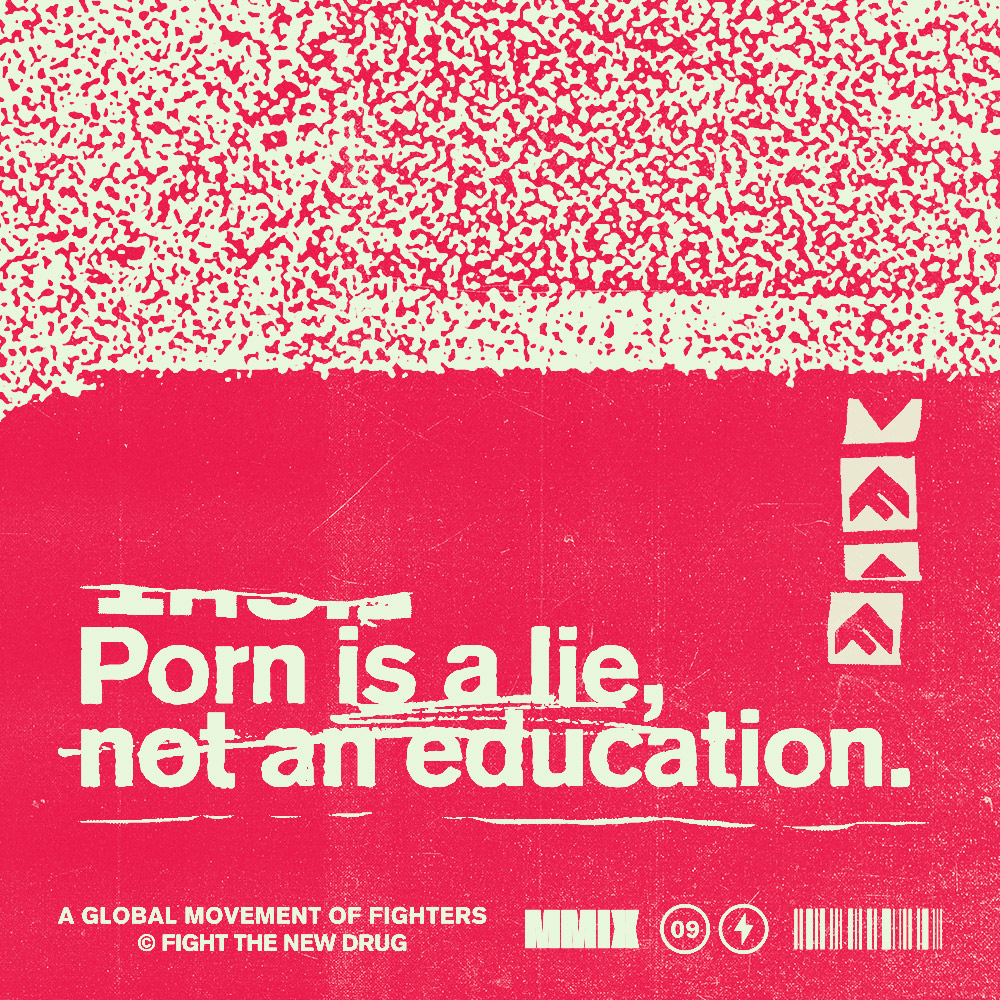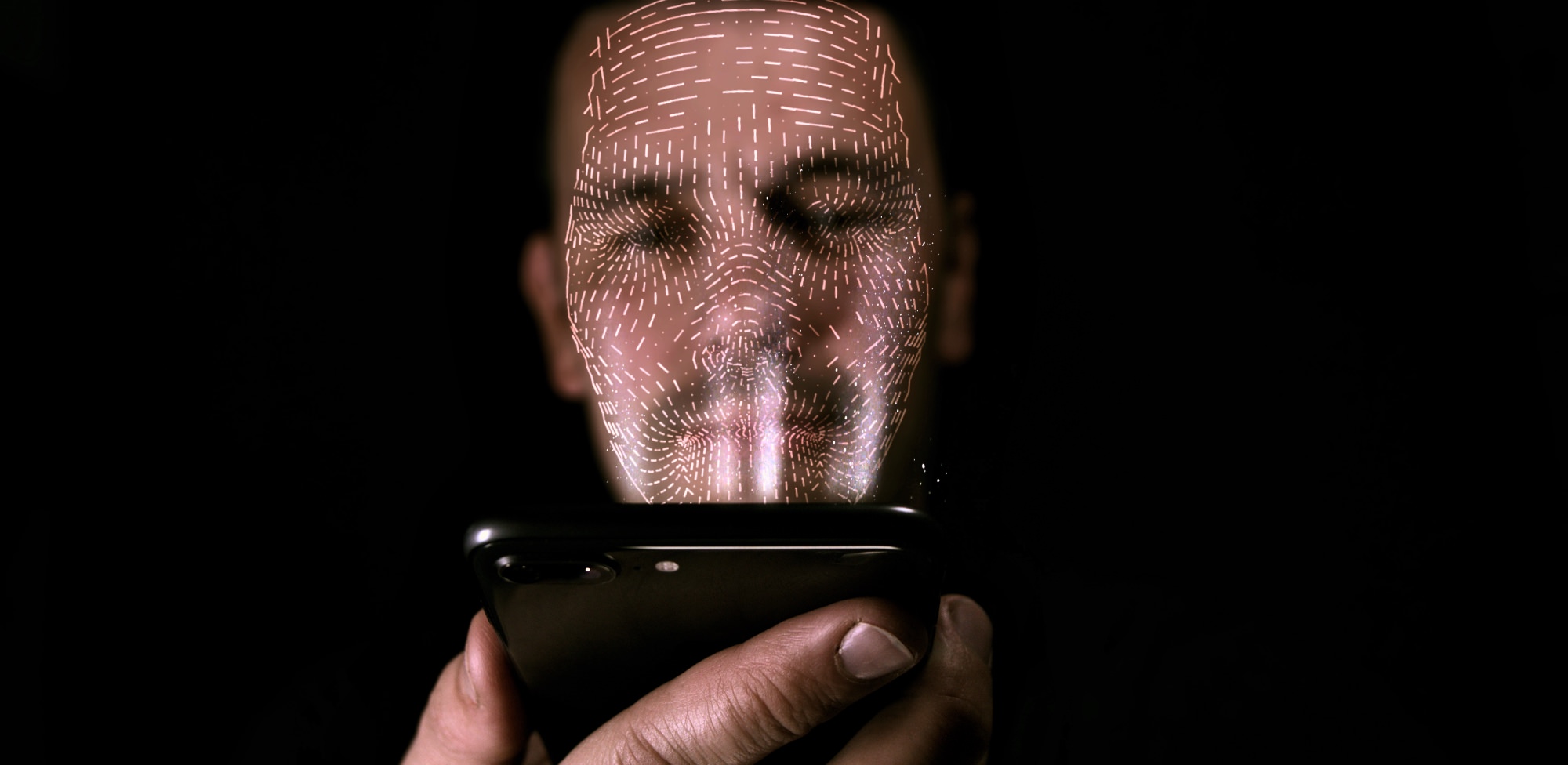All over the world, people are waking up to the proven harmful effects of porn and starting to sound the alarm on how easy it is—for kids, especially—to access. For any curious teen or unsuspecting child, porn is literally a click away.
We aren’t just talking about how easy it is to google “porn” and find the most popular sites ranging from vanilla to hardcore violence. Porn is also on social media, hiding behind pop-ups, in free game apps or cartoons, and even on harmless-looking websites. It is a daunting task trying to prevent underage kids from accessing porn before they can learn about intimacy and sexuality in a healthy environment.
If you recall, the UK was the first to attempt implementing policy that would require a person’s age to be verified before they could access any commercial porn website. The aim was to reduce the likelihood that a young child would innocently click on a link that ended up on an adult site, but the policy was also criticized for being too easy to get around by a tech-savvy teen.
After years of delays, the idea was abandoned—or at best, postponed—and meanwhile, oceans away, that hasn’t scared off Australia. In the wake of the UK’s failure, Australia’s Parliament recently opened an inquiry into age verification for both gambling and porn websites.
Before we continue, we want to clarify that while we are a non-legislative and non-religious organization, we are all for protecting young people from watching porn. We support global efforts to protect children from easily accessing hardcore online porn that can warp their understanding of healthy sexuality.
Facial recognition in the land down under
The Australian government’s inquiry was open to the public to submit suggestions and solutions for age verification. One submission has certainly stood out from the crowd.
The Department of Home Affairs proposed that Australians would be subject to facial recognition in order to access adult sites. This would likely work by the user taking a selfie on their mobile or laptop camera and sending it to government servers where the image would be cross-checked against a national database of images from driver’s licenses and passports and verified for age.
While the UK policy suggested the option of verifying a person’s age with a credit card, facial recognition would minimize the number of kids using a parent’s ID to get past the porn blocks. But there’s been clear opposition to the idea. Privacy advocates say this move would put Australia on the path to becoming a surveillance state.
So far it doesn’t sound like Australia—or anywhere else in the world—is close to a solution to protecting kids from stumbling across porn online.
Can age verification for accessing adult websites ever work?
In countries where some form of age verification for adult websites was enforced, the University of New South Wales’ Law Society found that the effectiveness of such rules was limited because there are over four million different digital tools consumers can use to get around the barriers. That being said, they did report that Italy, Denmark, and Spain have successful government-run age verification programs for online gambling.
Australia’s eSafety Commissioner believes there is no single tech solution that will solve the problem. In a submission to the inquiry, the Commissioner wrote:
“Technical interventions will never be able to completely eliminate the risk of children being exposed to online pornography, and it will certainly not prepare children to interpret and understand online pornography once they reach adulthood.”
Clearly, there isn’t a silver bullet solution, but the Commissioner suggested that layering of technological solutions coupled with education could protect children and prepare them for the adult world.
Why this matters
Every day, we at Fight the New Drug hear from men and women who discovered pornography at a young age and have struggled through negative impacts it has had in their lives, including addiction or compulsion, depression, a warped understanding of sex, or broken relationships.
When we see attempts to prevent young children from coming in contact with porn, we applaud those efforts and hope fewer lives will be hindered and hurt by porn’s proven negative effects.
But the reality is, young people do get exposed to porn and watch it.
One study revealed that 45% of young people watch porn to learn about sex and fill in the gaps of their understanding, and another showed that one in ten visitors to porn sites are, in fact, children under 10 years old.
It can’t be denied that kids are not getting the information they need and want about intimacy and relationships. Of course they’d go looking for answers—but freely available online porn can only supply toxic, violent, and unhealthy answers to their questions.
Kids deserve a chance to let all of their ideas grow in a safe space not hindered by porn’s negative effects, right? Whether that’s something that can be effectively and safely enforced by the powers at be remains to be seen.

Your Support Matters Now More Than Ever
Most kids today are exposed to porn by the age of 12. By the time they’re teenagers, 75% of boys and 70% of girls have already viewed itRobb, M.B., & Mann, S. (2023). Teens and pornography. San Francisco, CA: Common Sense.Copy —often before they’ve had a single healthy conversation about it.
Even more concerning: over half of boys and nearly 40% of girls believe porn is a realistic depiction of sexMartellozzo, E., Monaghan, A., Adler, J. R., Davidson, J., Leyva, R., & Horvath, M. A. H. (2016). “I wasn’t sure it was normal to watch it”: A quantitative and qualitative examination of the impact of online pornography on the values, attitudes, beliefs and behaviours of children and young people. Middlesex University, NSPCC, & Office of the Children’s Commissioner.Copy . And among teens who have seen porn, more than 79% of teens use it to learn how to have sexRobb, M.B., & Mann, S. (2023). Teens and pornography. San Francisco, CA: Common Sense.Copy . That means millions of young people are getting sex ed from violent, degrading content, which becomes their baseline understanding of intimacy. Out of the most popular porn, 33%-88% of videos contain physical aggression and nonconsensual violence-related themesFritz, N., Malic, V., Paul, B., & Zhou, Y. (2020). A descriptive analysis of the types, targets, and relative frequency of aggression in mainstream pornography. Archives of Sexual Behavior, 49(8), 3041-3053. doi:10.1007/s10508-020-01773-0Copy Bridges et al., 2010, “Aggression and Sexual Behavior in Best-Selling Pornography Videos: A Content Analysis,” Violence Against Women.Copy .
From increasing rates of loneliness, depression, and self-doubt, to distorted views of sex, reduced relationship satisfaction, and riskier sexual behavior among teens, porn is impacting individuals, relationships, and society worldwideFight the New Drug. (2024, May). Get the Facts (Series of web articles). Fight the New Drug.Copy .
This is why Fight the New Drug exists—but we can’t do it without you.
Your donation directly fuels the creation of new educational resources, including our awareness-raising videos, podcasts, research-driven articles, engaging school presentations, and digital tools that reach youth where they are: online and in school. It equips individuals, parents, educators, and youth with trustworthy resources to start the conversation.
Will you join us? We’re grateful for whatever you can give—but a recurring donation makes the biggest difference. Every dollar directly supports our vital work, and every individual we reach decreases sexual exploitation. Let’s fight for real love:




